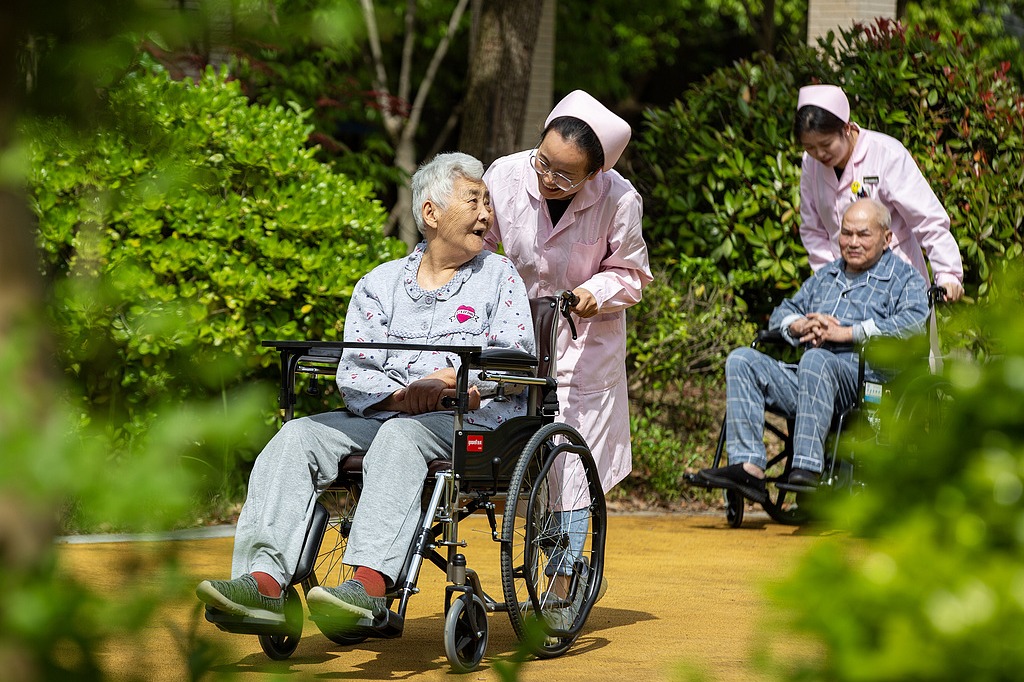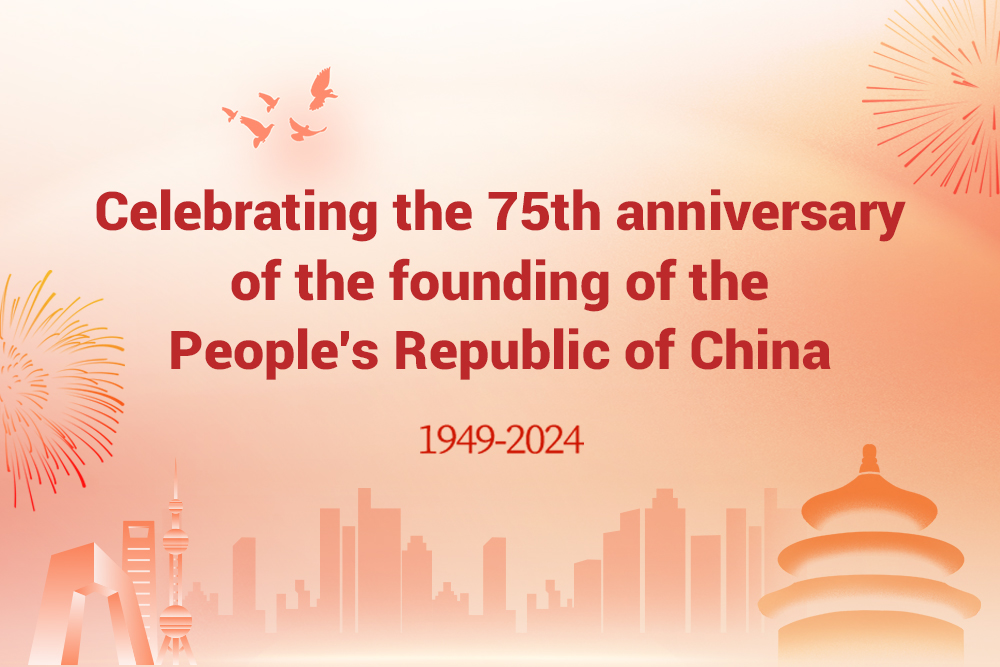Taihang Mountains bases home to Party's last rural command post


Separating the Loess Plateau from the North China Plain, the Taihang Mountains lie on the border of today's Shanxi and Hebei provinces, stretching from northern Henan province to Beijing. Covering large swathes of rural North China, the Taihang Mountains Revolutionary Area, under the leadership of the Communist Party of China, was a key region of resistance against Japanese occupiers in the late 1930s.
The area consists of two major bases on provincial borders-the Shanxi-Chahar-Hebei base in the north and the Shanxi-Hebei-Shandong-Henan base in the south. The bases, which housed the headquarters of the Eighth Route Army and served as the last rural command post of the CPC prior to the founding of New China, played a major role in the Party's road to the liberation of the country.
When the Long March ended in late 1935, the Central Red Army undertook an eastern expedition into Shanxi between February and May in 1936.
As it disseminated communist ideals, the CPC made contact with Yan Xishan (1883-1960), a warlord based in Shanxi. Yan was affiliated with the Kuomintang, the Chinese Nationalist Party, but was reluctant to allow KMT leader Chiang Kaishek (1887-1975) to get involved in the province's affairs as he wanted to protect his interests.
CPC leader Mao Zedong (1893-1976) wrote to Yan in May 1936, urging him to fight with them against the Japanese invaders, who soon posed a threat to Shanxi as they began occupying neighboring provinces. Eventually, Yan agreed to cooperate with the CPC and let the Party set up a liaison office in Taiyuan, Shanxi's provincial capital.
After the War of Resistance Against Japanese Aggression (1931-45) broke out in earnest in July 1937, the Red Army regrouped as the Eighth Route Army. Having signed an agreement with Yan, the Eighth set out from northern Shaanxi province for Shanxi. In coordination with KMT troops, CPC forces defeated the Japanese at the Battle of Pingxingguan that September, the first Chinese victory since the war entered full swing. At a meeting in August, CPC leaders agreed that since the Eighth Route Army would operate in territories occupied by the Japanese, it was essential that they establish bases with supplies and additional soldiers.
In October 1937, the army's 115th division set up the Shanxi-Chahar-Hebei military district, which was surrounded by four railway lines. The zone was led by Nie Rongzhen (1899-1992), who would later become one of 10 marshals of the People's Liberation Army. A provincial-level CPC committee was established in Fuping as the base began to take shape.
It was able to fend off Japanese attacks in November and December and secured its presence in the area. A provisional administrative committee was elected at a congress in January 1938, marking the formal establishment of the base.
Around the same time, the 129th division under the command of Liu Bocheng (1892-1986), one of the founders of the PLA, also began to create a base on the borders of southern Shanxi, Hebei and northern Henan, which would expand to become the Shanxi-Hebei-Shandong-Henan base a few years later.
To get as many people as possible involved in the fight against the Japanese, the CPC set about reducing land rents to help farmers instead of confiscating the land from landlords. The approach boosted both morale and production. The War of Resistance entered a strategic stalemate in October 1938, when the Japanese shifted some of their focus to wiping out resistance in the occupied territories, launching "cleanup" campaigns against both bases in 1939. The KMT passively resisted the Japanese while actively restricting and blockading the CPC.
To break free, the Eighth Route Army launched the Hundred Regiments Offensive in August 1940, repeatedly paralyzing the Japanese-controlled Zhengding-Taiyuan Railway and other key wartime transport routes. This drew more Japanese troops to the area, and the bases entered their most difficult period, subject to frequent "cleanups". To survive, they reduced the number of professional soldiers present and focused on agricultural and industrial production.
The headquarters of the Eighth Route Army were first relocated to the area in late 1937 and remained on the move. Zuo Quan (1905-42), its deputy chief of staff, was killed while trying to defend the headquarters during an evacuation in May 1942. He was the highest-ranking CPC official to die in battle during the war. Liaoxian county in Shanxi was renamed Zuoquan in his honor.
The bases were able to endure and started launching counterattacks in late 1944. By the time Japan surrendered in August 1945, most of the region's rural areas were under CPC control.
The mountainous area also played a key role in the War of Liberation (1946-49), as it was from there that Mao Zedong and other top leaders directed the fighting. Their 10-month stay from May 1948 to March 1949 in Xibaipo, Hebei province, was the final stage before the Party entered Beijing, making Xibaipo the CPC's last rural command center. Three decisive battles-Liaoshen, Pingjin and Huaihai-which led to the liberation of vast regions of northern China and to the failure of the KMT on the Chinese mainland, were directed from there.


































